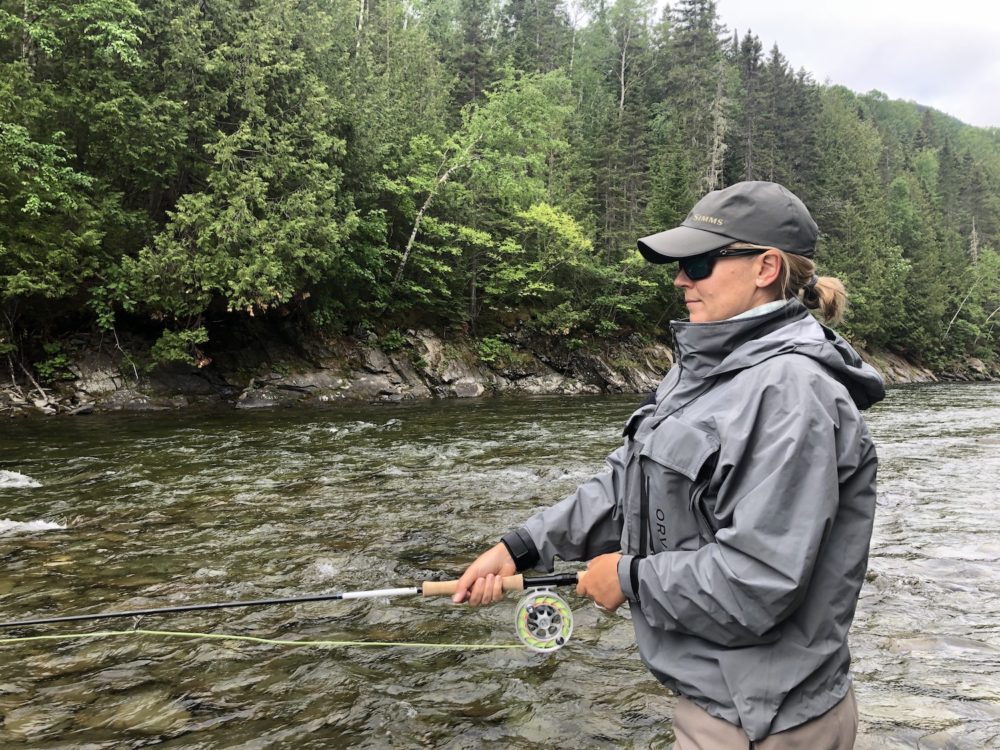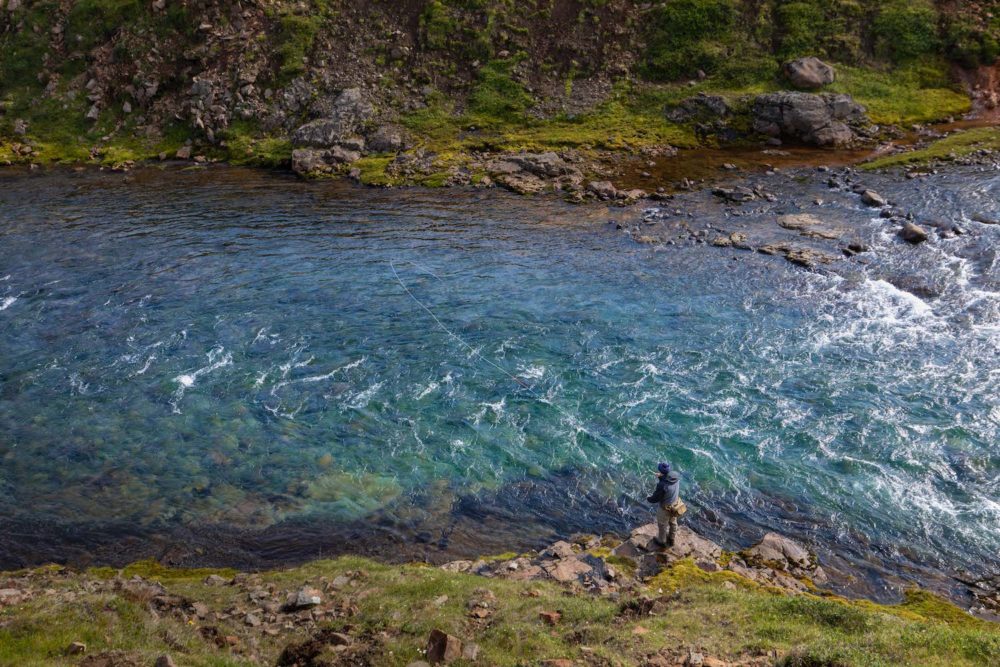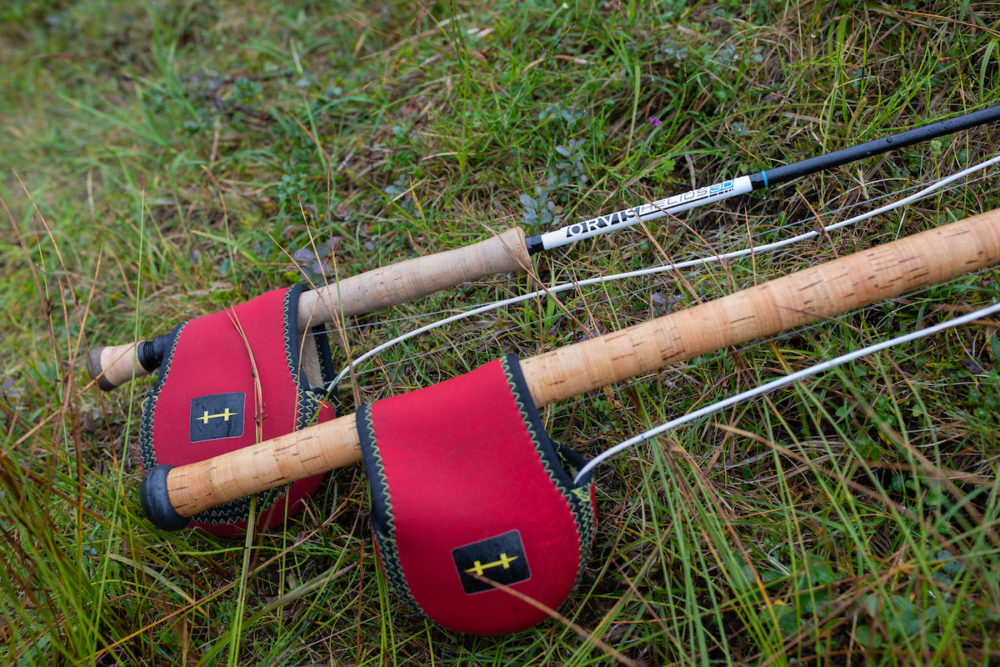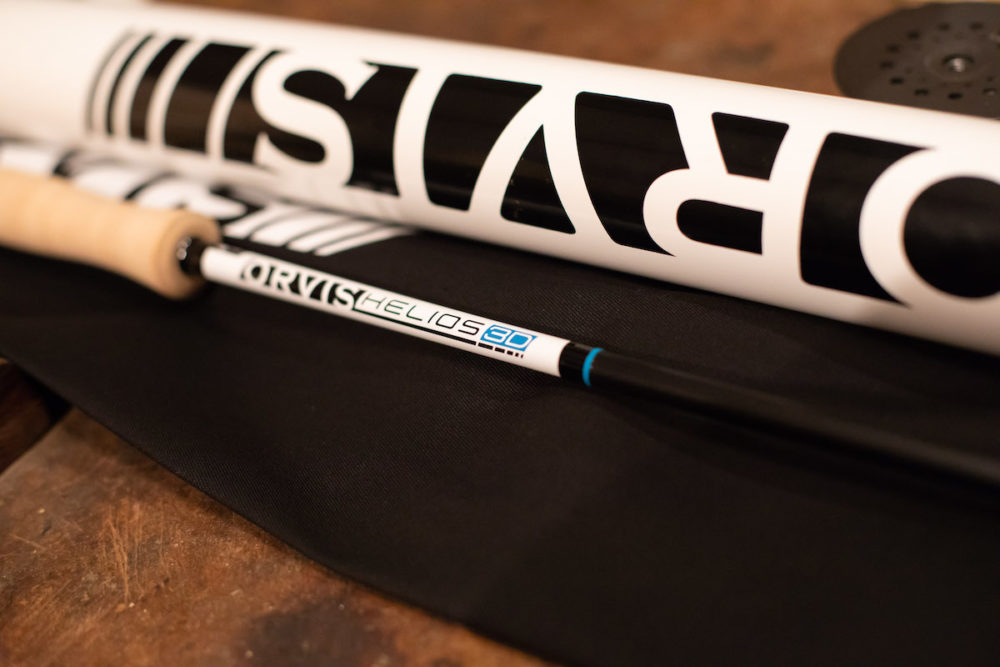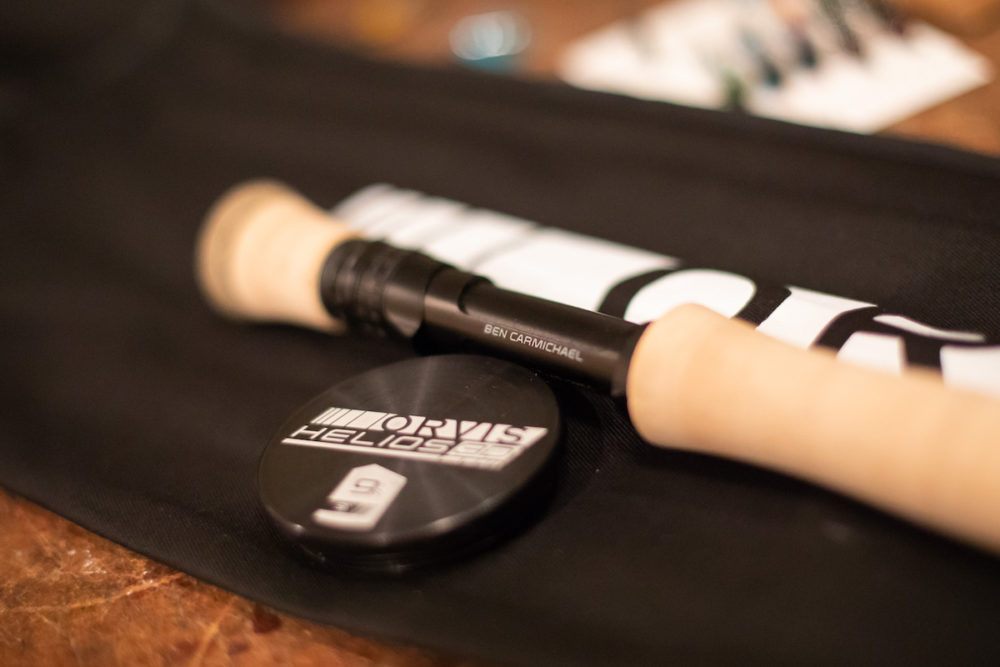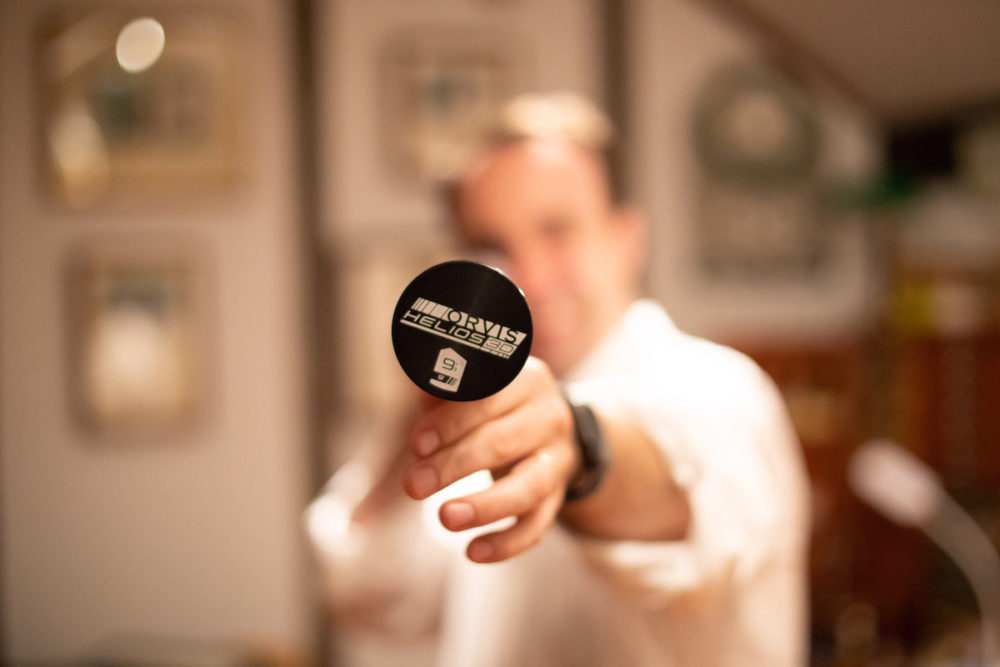In 2018, Orvis launched the Helios 3, and many people responded by asking, simply, “Why?”
It’s a fair question. The Orvis Helios 2 was the flagship graphite rod in Orvis’s lineup. It was both well known and well regarded, and, importantly, it sold well. So why the change? I think a few things are going on here.
First, they say don’t judge a book by it’s cover, but here I think you should: the rod looks different, and that’s intentional. There’s the big white label against a midnight black rod. Again, why?
If you step back from the rod for a second, and look at what Orvis has done to their brand recently, you’ll notice a few things. The photography that they are using in their fly fishing catalogs has become more extreme: the photos are intentionally overexposed, almost at times extreme HDR. These same photos often show people sliding down extreme rock banks, or the the like. They have launched their new “Pro” line, available to the public, with features boxes of the same dark black, with stark fluorescent accents.
The longer arc here is, I think, a wise effort to expand Orvis’s customer based beyond your dad or your grandfather, and to try to reach a younger, more adventuresome base.
Take, for instance, Orvis’s 50/50 program, which seeks to promote gender parity on the water — something that is, in my opinion, long overdue. This effort is to be applauded, I think, and I hope it helps make a substantive change in the sport.
But what does that have to do with the Helios 3? That big white stripe on the handle condenses all of this change. It’s also good branding.
Take, for instance, the story of my first trip using this rod on the saltwater. I was fishing on Cape Cod bay this summer, in some pretty snotty weather, and I looked across the bow of my friend’s Jones Brothers and saw another black rod with a white stripe in the bow of a boat maybe 50-75 yards away. The rod just stood out; it was like the Grundens of the air. Nevermind that the fisherman happened to the Tom Rosenbauer (that was unplanned!) but the intent hit me: this rod is instantly recognizable in a way that the Helios 2 wasn’t.
Ok, ok. That’s all fine, you say. But how does it cast?
In a word, like a cannon.
Before I say more, let’s again start with the Helios 2. All rods have weights and lengths at which they seem to excel. The Helios 2 5 wt was, I think, a great rod — and the best weight in that Helios 2 lineup. For me, through some graphite and resin and physical alchemy, it just felt way better than the heavier Helios 2 rods of which I was never a big fan.
The Helios 3 strikes me as a huge step forward in the Helios lineup for saltwater applications — specifically, the Helios 3d 9′ 9wt, which is what I’ve been fishing.
This is a great rod for New England striped bass, for albies, and for blues, or, if you’re down south, even for red fish down south. I’ve also used it to chase Atlantic salmon, in both Canada and in Iceland, where I used it for both overhand and single spey casting.
So how does the rod feel?
The two versions of the new Helios rods are the “D” and the “F”. I’m fishing the D, which stands for distance, while “F” stands for “feel”. The distance is no joke — this rod is a cannon. I mean that both as a compliment, and as a real assessment of how it feels.
Given how strong this rod is, I would say that you want to overweight this rod a bit if you want to feel the rod flex at all. For instance, in using it to single hand spey, I didn’t feel the rod flex very much at all. In using a Rio Coastal Quickshooter XP, I found the rod actually did give some feedback. This is a classic tradeoff: feel versus power. The 9wt 3d definitely offers more of the latter — but, when trying to punch out a bay anchovy to some busting albies, that’s exactly what I want.
That said, the rod does feel comfortable in your hand. The snub-nosed half well grip feels good in the grip, and the matt black blank looks good, if unusual. It’s very different from, say, a Scott blank. It’s very modern; there’s no graphite visible. Only a small graphite insert in the reel seat is visible.
The real seat does have a nice touch, where they can engrave your name on the reel seat. This is a nice, small touch. There are some other small touches, like the alignment dots, and the titanium guides, and the rod tube (also modern, which I like).
In the end, I think this is a better rod for New England saltwater and large freshwater applications than the Helios 2. So why did they create it? Because it’s a better product — at least, at this weight and size.
Kudos to Orvis for creating a rod that meets or exceeds those standards of their prior flagship rod, and for having the vision to try to expand the audience base for fly fishing.
—
Price: $949
Helios 3D 9′ 9-wt.
Matte Midnight blank
Reel seat is type III anodized aluminum
Midnight black w/Matte Midnight carbon insert
Blue accent wrapBlack/black main wraps
REC recoil snake guides
SiC/titanium stripping guides
Aluminum rod tube
